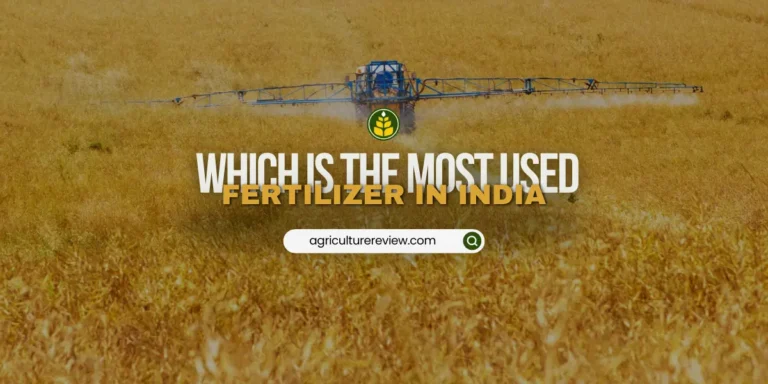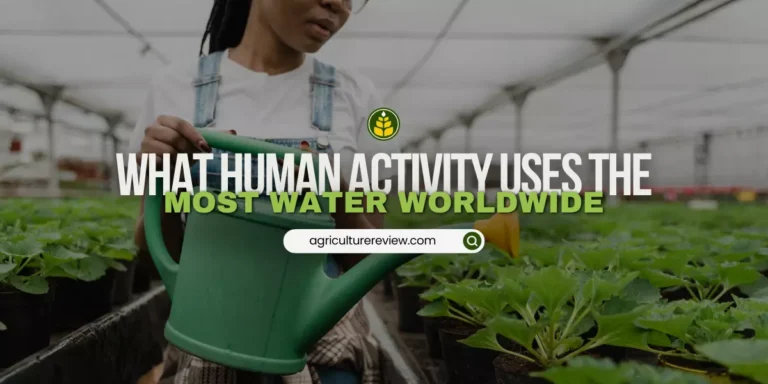This ultimate guide on farming system will help you to understand different system of farming. Also learn about indigenous systems and scope.
Table of Contents
What Is System?
We can define system as a group of components that are interrelated and can interact among themselves. It is a group of interacting components, operating together for a common goal. And is capable of reacting as a whole to external forces.
It is unaffected directly by its own outputs. And it features a specified boundary that supports the inclusion of all significant feedbacks.
For example, the physical body may be a system-it features a boundary which is skin. Further it encloses variety of components (heart, lungs). These components interact (the heart pumps blood to the lungs) for a standard purpose (to maintain and operate the living body).
Ecosystem: Any collection of organisms that interact. Or have the potential to interact along side the physical environment during which they live, form an ecological system or ecosystem.
Ecosystems aren’t static entities. They’re dynamic systems with characteristic pattern of energy flow, nutrient cycling and structural change.
Agro-ecosystem: Agro-ecosystems are ecological systems modified by citizenry to supply food, fiber or other agricultural products.
Farming System

Farming system is a mixture of farm enterprises such as crop, livestock, apiculture, agro-forestry and fruit crops. In this system family allocates its resources. It is to efficiently manage the existing environment for the attainment of the family goal.
Farming system represents proper combination of farm enterprises and the resources available to the farmer to raise them for profitability. Farm enterprises can be cropping systems, horticulture, livestock, fishery, forestry, poultry, etc
It interacts adequately with environment without dislocating the ecological and socioeconomic balance on one hand and attempts to satisfy the national goals on the opposite .
Irrigated farming system, embracing a broad range of food and crop production.
Wetland rice-based farming system, dependent upon seasonal rains supplemented by irrigation.
Rainfed farming system in humid areas: It is characterized by specific dominant crops or mixed crop-livestock system.
Rainfed farming system in steep and highland areas: They are often mixed crop- livestock system.
Dualistic (mixed large commercial and little holders) farming system, across a spread of ecologies and with diverse production patterns.
Rainfed farming system in dry or cold low potential areas: It consist of crop-livestock and pastoral system merging into system with very low current productivity or potential because of extreme aridity or cold.
Coastal artisanal fishing system, which frequently incorporate farming elements.
You will also love reading these.
READ MORE: KIWI FARMING GUIDE
READ MORE: GRAPE FARMING GUIDE
Indigenous Farming System
Shifting cultivation, taungya cultivation and zabo cultivation are the three major indigenous farm systems in India.
Shifting Cultivation System
It refers to farming system in north-eastern areas. In this system land under natural vegetation i.e. usually forest is cleared by slash and burn method. And then cropped with common arable crops for a few years. Then it is left unattended when natural vegetation regenerates.
Traditionally, the fallow period is 10-20 years. But in recent times it’s reduced to 2-5 years in many areas.
Due to increasing population pressure, the fallow period is drastically reduced. And system has degenerated causing serious erosion, decreasing soil fertility which ultimately leads to low productivity.
Taungya Cultivation System
The Taungya system is organized and scientifically managed shifting cultivation. The word “taungya” originated in Myanmar (Burma). Word Tauang means hill and ya means cultivation i.e., hill cultivation.
It includes cultivation of crops in forests or forest trees in crop fields. And was introduced to Chittagong and Bengal areas during colonial India in 1890. Later on, it spread throughout Asia, Africa and Latin America.
However, the system consists of growing annual arable crops along side the forestry species. Which is during the early years of establishment of the forest plantation.
The land belongs to forest department or their large scale leases, who allows the subsistence farmers to raise their crops and in turn protect tree saplings.
It is not merely temporary use of a bit of land and a poverty line wage, but can also be a chance to participate equitably during a diversified and sustainable agro-forestry economy.
Zabo Cultivation System
The Zabo is an indigenous farming system practiced in north-eastern hill regions, particularly in Nagaland. This system refers to combination of forest, agriculture, livestock and fisheries with well-founded soil and conservation base.
Rainwater is collected from the catchment of protected hill tops of above 100 per cent slopes in a pond with seepage control. Silt retention tanks are constructed at several points before the runoff water enters within the pond.
Cultivation fully depends on the quantity of water stored within the pond. Land is primarily utilized for rice. This system is, generally, practiced in high altitude hill areas, where it’s impossible to construct terraces and or irrigation channels across the slope.
This is a singular farming system for food production to form livelihood. Zabo means impounding of water. The place of origin of zabo farming system is thought to be the Kikruma village in Phek district of Nagaland.
Scope
Farming enterprises consists of crop, livestock, poultry, fish, sericulture, apiculture etc.
We can get higher returns by incorporating more than one farm enterprise in a single farm unit.
For effective integration of farm enterprises to get higher yield we should consider farm as a unit.
Enhances productivity and profitability,
Potentiality or sustainability,
Balanced food production,
Adoption of new technology,
Saving energy,
Meeting fodder crises,
Solving fuel and timber requirement,
Provides environmental safety,
Recycling of farm waste,
Provides income round the year,
Helps in employment generation, and
Provides raw materials to agro-industries.






Good knowledge giving artical.
Keep it up
Thanks!
Thank for share the knowledge.
The time is to know natural resources and how to use multiple activities.
Welcome!
Keep them coming Abhishek.
Thanks!
I will. Connect with Agriculture Review on Facebook, Instagram and Koo.
Artical is very helpful for the practitioners.
Thanks.
Welcome!